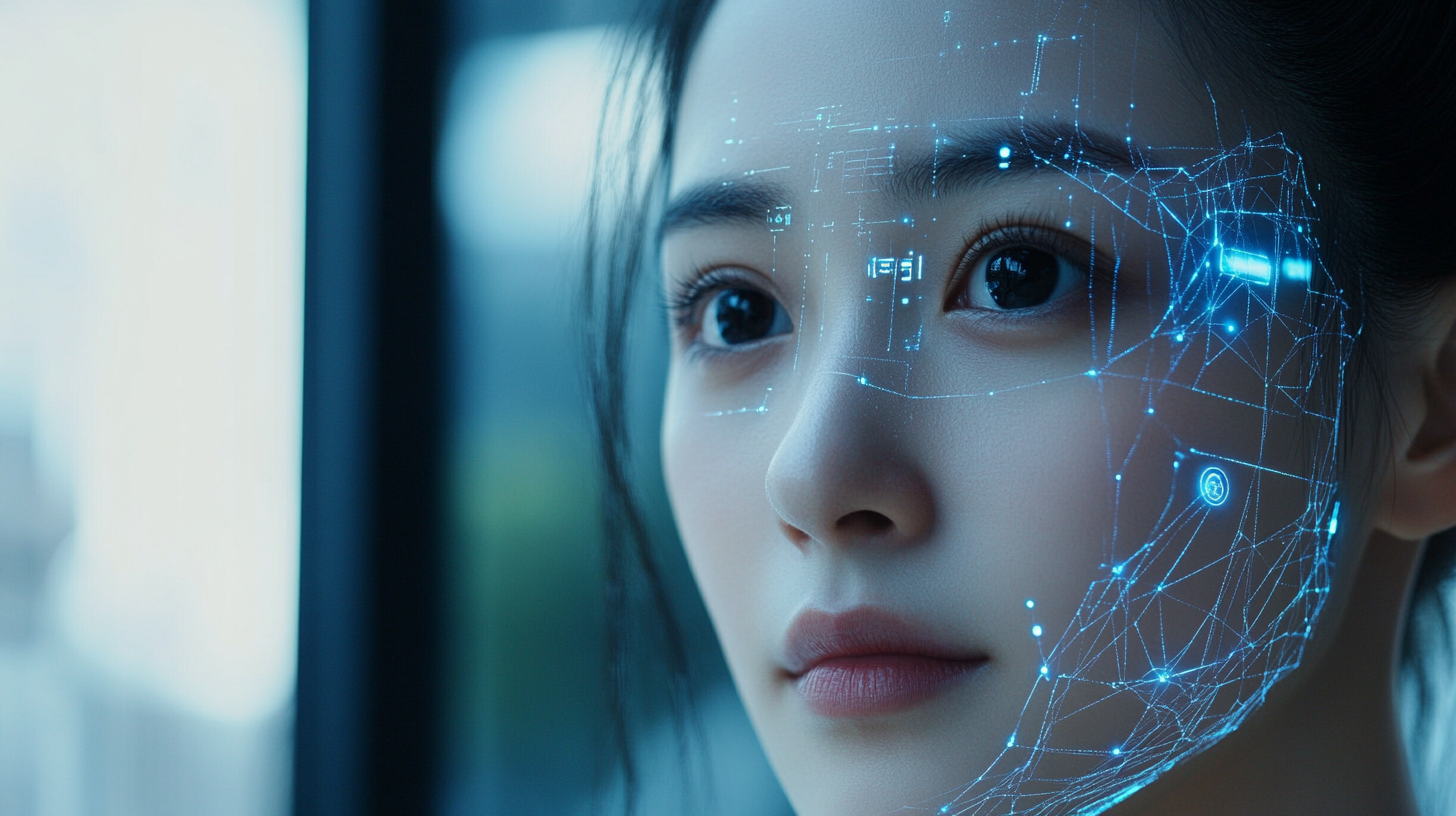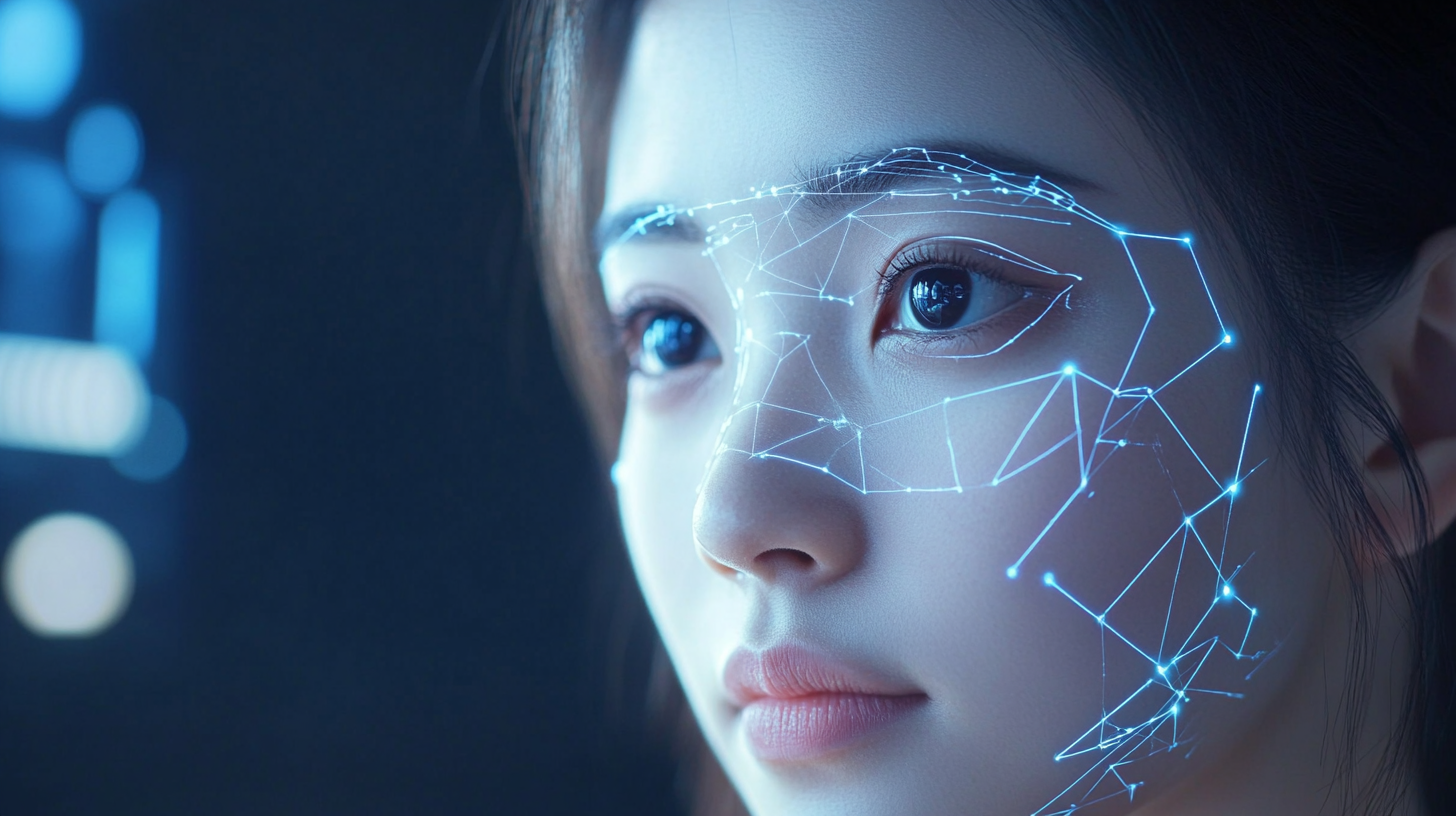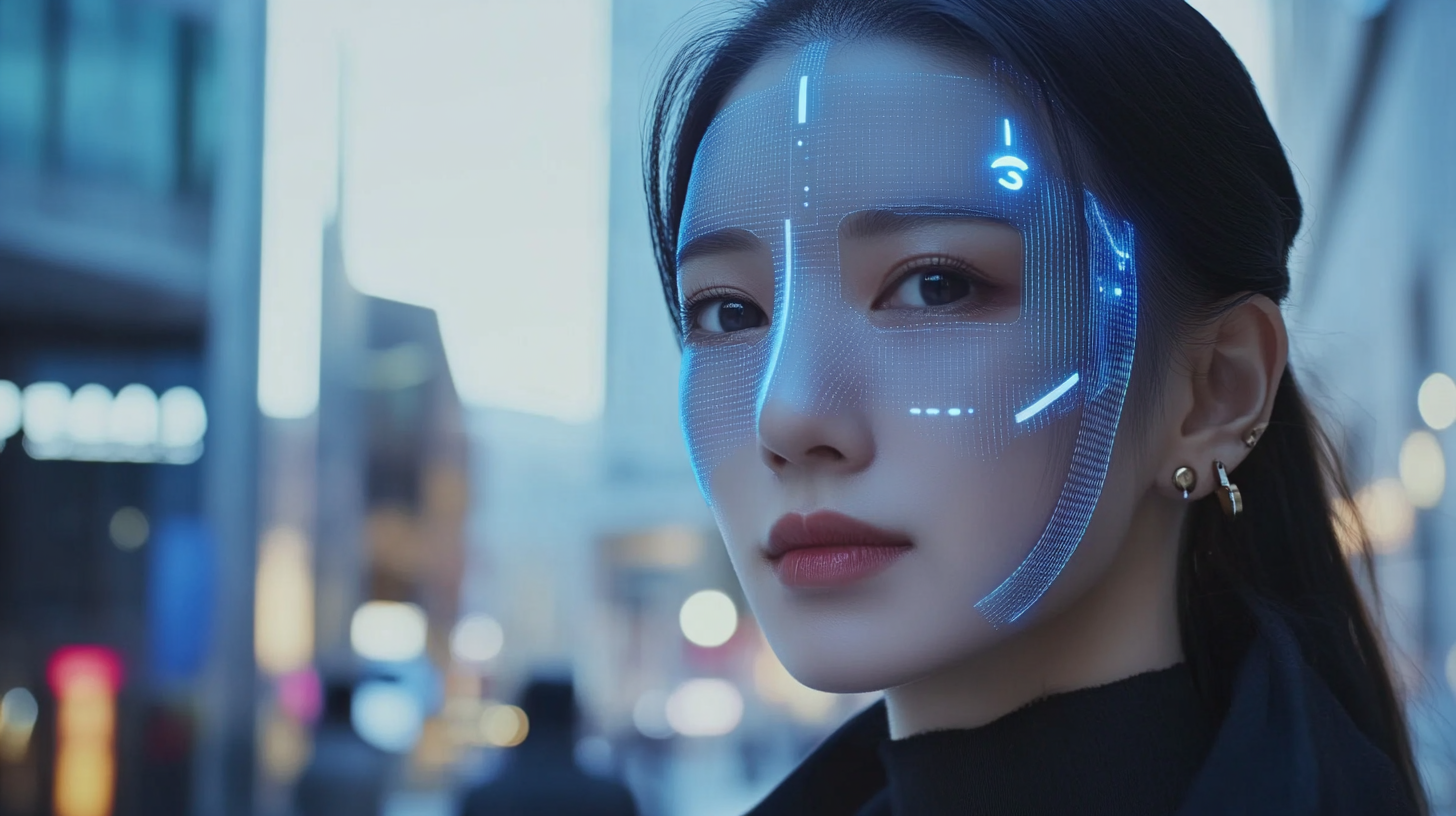Unleashing the Power of Best Facial Recognition Technology from China's Manufacturing Leaders
In today's rapidly evolving technological landscape, Facial Recognition Technology (FRT) stands out as a transformative force, particularly driven by China's manufacturing leaders who are setting the pace for global innovation. According to a report by MarketsandMarkets, the global facial recognition market is expected to grow from USD 3.2 billion in 2020 to USD 7 billion by 2025, illustrating an annual growth rate of approximately 16%. This surge is largely attributed to advancements in artificial intelligence and machine learning, which enhance the accuracy and efficiency of FRT applications across various sectors, from security to retail. As we look ahead to 2025, it is evident that embracing FRT not only provides a competitive edge but is also integral to the broader trends shaping the industry, such as automation, big data analytics, and personalized customer experiences. This blog will explore how China's manufacturing giants are unleashing the potential of facial recognition technology, driving innovation, and setting new standards for the global market.

Exploring the Advantages of Advanced Facial Recognition Solutions in Various Industries
Facial recognition technology is becoming increasingly influential across various sectors, demonstrating its advantages in enhancing security, streamlining operations, and improving user experiences. Recent studies indicate that the global facial recognition market is projected to reach USD 9.6 billion by 2022, with a compound annual growth rate (CAGR) of 16.0% from 2020 to 2025. This growth underscores how industries such as retail, healthcare, and transportation are integrating advanced facial recognition solutions to not only safeguard operations but also to personalize customer interactions.
In the retail space, facial recognition systems are revolutionizing customer service by enabling businesses to identify regular customers and tailor promotions accordingly. Furthermore, in the healthcare industry, these solutions are being deployed to enhance patient identification and streamline admission processes, assisting in better data management and reducing errors. As companies in China lead the charge with innovative manufacturing capabilities, the potential applications of facial recognition technology continue to expand, ensuring compliance with security standards and meeting the increasing demand for personalized experiences.
Moreover, the rise of AI in conjunction with facial recognition is set to propel advancements even further. As reported, a significant shift is occurring where organizations are leveraging AI-driven recognition systems to analyze behavioral patterns, predict customer needs, and enhance overall service delivery. This integration signifies a notable transformation in how industries deploy technology to drive efficiency and improve engagement, showcasing the unparalleled potential of facial recognition in diverse applications.
Advantages of Advanced Facial Recognition Solutions in Various Industries
How China's Manufacturing Leaders Elevate Facial Recognition Technology
China's manufacturing leaders are at the forefront of advancing facial recognition technology, harnessing their expertise in production and innovation to create cutting-edge solutions. By leveraging their vast resources and technological capabilities, companies like Huawei and DJI are developing systems that not only excel in accuracy but also in speed and adaptability. This integration of facial recognition technology has resulted in applications ranging from security and surveillance to personalized customer experiences in retail environments.
Moreover, these manufacturers are not merely focusing on hardware; they are also investing heavily in artificial intelligence and machine learning. This investment allows for continuous improvement and refinement of algorithms, enhancing the overall functionality of facial recognition systems. As data privacy and ethical considerations become increasingly critical, China's leaders in manufacturing are also exploring ways to implement strict compliance measures, ensuring their technological advancements benefit users while upholding security standards. Through collaboration with academic institutions and tech firms, they are pushing the boundaries of what facial recognition technology can achieve, ultimately setting a global standard that resonates across industries.
Enhancing Security and Privacy with State-of-the-Art Facial Recognition
As facial recognition technology continues to evolve, its role in enhancing security and privacy is becoming increasingly paramount. According to a market research report by Allied Market Research, the facial recognition market is projected to reach $7 billion by 2024, driven by advancements in AI and machine learning. This growth highlights the technology's potential to revolutionize security systems across various industries, providing robust solutions for identity verification and access control.
To maximize the effectiveness of facial recognition systems, organizations should consider implementing multi-factor authentication alongside facial recognition to bolster security measures. Tips for enhancing privacy protections include ensuring data encryption, regularly updating software, and adhering to regulatory frameworks such as GDPR to safeguard personal information. Furthermore, deploying transparent data usage policies can help build trust among users by clarifying how their biometric data is collected and utilized.
Investing in state-of-the-art facial recognition technology not only enhances security but also improves user experiences in public spaces. Incorporating user consent mechanisms can lead to higher acceptance rates and more effective implementations. This innovative approach by China's manufacturing leaders showcases their commitment to blending advanced technology with best practices in privacy and security.
Unleashing the Power of Best Facial Recognition Technology from China's Manufacturing Leaders - Enhancing Security and Privacy with State-of-the-Art Facial Recognition
| Feature | Description | Accuracy Rate | Processing Speed | Privacy Measures |
|---|---|---|---|---|
| Real-Time Recognition | Facial recognition in live video streams | 98.5% | 50 ms | Data encryption and anonymization |
| Multi-Angle Detection | Recognizes faces from different angles | 96.7% | 60 ms | User consent protocols |
| Low-Light Performance | Effective recognition in low-light conditions | 95.2% | 70 ms | Data storage automatically deleted after use |
| Scalability | Easily integrates with existing security systems | 99.0% | 40 ms | GDPR compliant solutions |
The Impact of Facial Recognition on Consumer Experience and Brand Loyalty
 Facial recognition technology is transforming the way consumers interact with brands. By integrating this cutting-edge technology into the retail experience, brands can offer personalized services that cater to individual preferences. For instance, when customers enter a store, their facial data can be analyzed to provide tailored recommendations, promotions, or even alerts about newly launched products that match their interests. This level of personalization not only enhances the shopping experience but also fosters a deeper emotional connection between consumers and brands.
Facial recognition technology is transforming the way consumers interact with brands. By integrating this cutting-edge technology into the retail experience, brands can offer personalized services that cater to individual preferences. For instance, when customers enter a store, their facial data can be analyzed to provide tailored recommendations, promotions, or even alerts about newly launched products that match their interests. This level of personalization not only enhances the shopping experience but also fosters a deeper emotional connection between consumers and brands.
Moreover, the seamless integration of facial recognition in customer loyalty programs stands out as a game changer. Brands can track loyalty members’ interactions and preferences in real-time, allowing for more engaging, relevant, and timely rewards. Imagine a scenario where, upon entering a cafe, a loyal customer is instantly recognized and offered their favorite drink at a discounted price. This not only delights customers but also encourages repeat visits, ultimately boosting brand loyalty. In this way, facial recognition technology serves as a powerful tool for companies aiming to create memorable experiences that resonate with their audience.
Future Trends: What’s Next for Facial Recognition Technology from China?
The landscape of facial recognition technology in China is evolving rapidly, driven by innovation and substantial investment from leading manufacturing companies. According to a report by ResearchAndMarkets, the facial recognition market in China is expected to grow at a CAGR of 16.6% from 2021 to 2026, reaching an estimated value of over $10 billion. This rapid expansion highlights the increasing integration of facial recognition systems in various sectors, including security, healthcare, and retail. With advances in artificial intelligence and machine learning, Chinese manufacturers are poised to lead the global market.
As these technologies advance, privacy concerns and regulatory measures are expected to shape future trends. Reports from the Chinese Academy of Sciences indicate a significant push toward implementing ethical standards and guidelines to ensure responsible use of facial recognition. Companies will need to adapt to these changes, balancing innovation with the necessity of maintaining consumer trust.
Tip: For businesses looking to utilize facial recognition technology, it’s essential to stay informed about local regulations and ethical guidelines to ensure compliance and foster customer confidence.
Another critical trend is the emphasis on accuracy and robustness of algorithms, especially in diverse populations. A study from the National Institute of Standards and Technology (NIST) shows that accuracy can vary significantly based on demographic factors. Companies should prioritize algorithm testing across varied datasets to minimize bias and enhance reliability.
Tip: Regularly update your technology to incorporate the latest advancements in AI, which can improve both the functionality and ethical considerations of your facial recognition systems.
